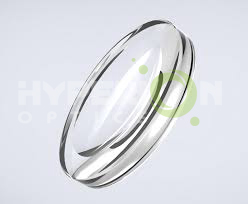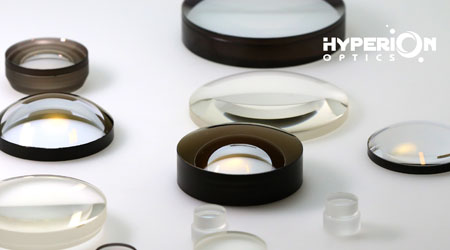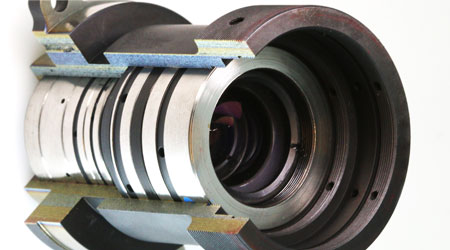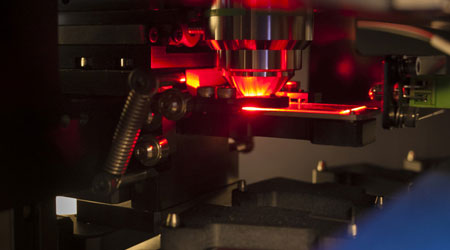A cylindrical lens is a lens with different radii on the X and Y axes, giving the lens a cylindrical or semi-cylindrical shape and magnifying images only along a single axis. Cylindrical lenses are commonly used as light line generators or for adjusting the height and correcting astigmatism in imaging systems.
A cylinder lens focuses light into a line instead of a point, similar to a spherical lens. One or more surfaces of a cylindrical lens are part of a cylinder and focus the image through the intersection of the line parallel to the lens surface and tangent to the surface. The lens compresses the image in the direction perpendicular to this line, while maintaining the image unchanged in the direction parallel to it (in the tangential plane). Compound lenses combine the effects of cylindrical and spherical lenses.
Cylindrical lenses are usually rectangular, square or circular, and have designs such as plano-convex or plano-concave, bi-convex cylindrical lenses, bi-concave cylindrical lenses, crescent-shaped cylindrical lenses, semi-cylindrical lenses, concave cylindrical lenses, and negative cylindrical lenses.
Cylindrical lenses are used in a wide range of industrial, research and OEM applications, such as spectroscopy, holography, laser scanning metrology, acousto-optic and laser diode applications. The lenses are usually customized to fit the application.
Cylindrical lenses are most commonly made of rectangular convex cylinders. The method of mounting the cylinder for manufacturing is influenced by the radius of curvature and the size parallel to the cylinder axis. If the radius of curvature of the substrate is shorter, it is usually mounted around a barrel-shaped tool, while if the radius of curvature is longer, the substrate is typically mounted on a flat plate with a curved mounting surface.
Carefully mounting the substrate to the tool is essential to ensure that the lens specifications are not affected. Due to the lack of spherical symmetry in cylindrical lenses and the fact that the optical axis is a plane, not a line, centration is a more demanding process. In most cases, the lens specifications are under process control. The cylinder axis must be referenced when mounting the substrate. The same mounting plate or cylinder must be used in the grinding, smoothing, and polishing of each lens to ensure uniformity.

 Call us on:
Call us on:  Email us:
Email us:  R&D Center: Aoti Street #68 Building 4A 405 International R&D park, Nanjing
R&D Center: Aoti Street #68 Building 4A 405 International R&D park, Nanjing









 English
English  cn
cn  de
de  es
es  fr
fr 


